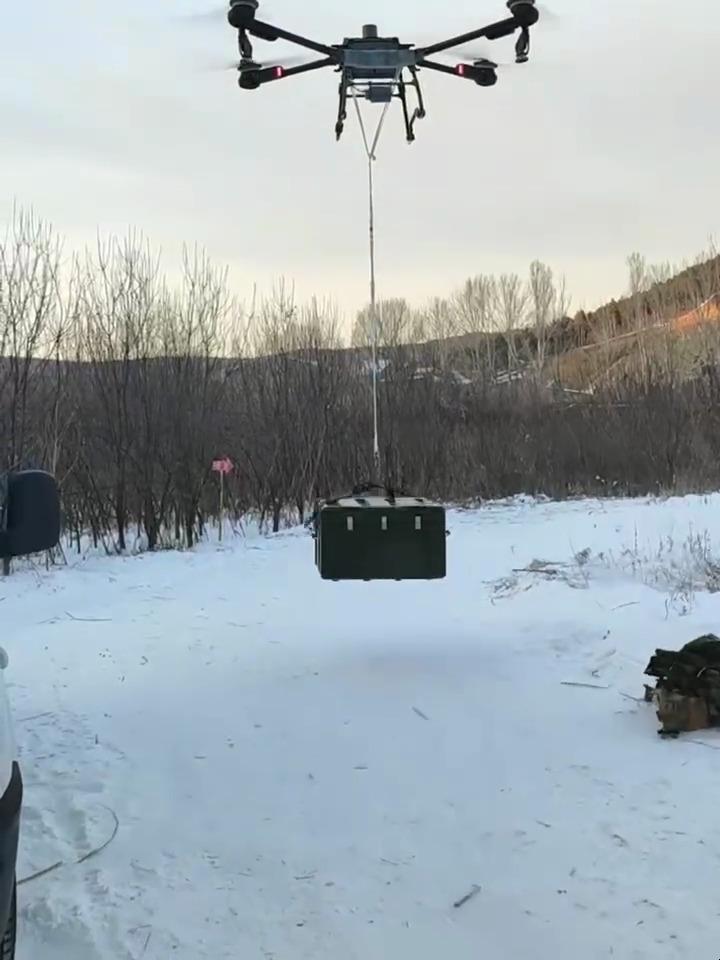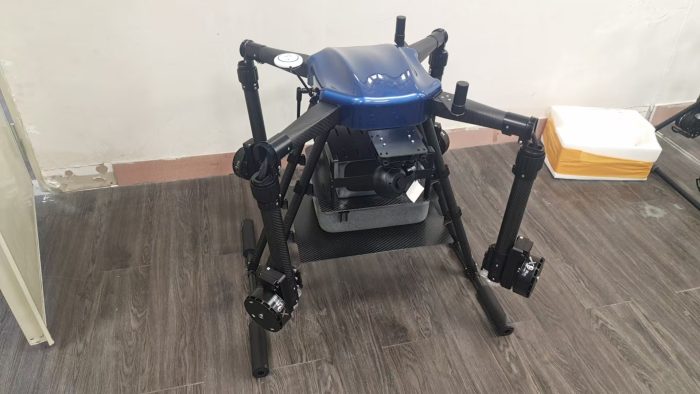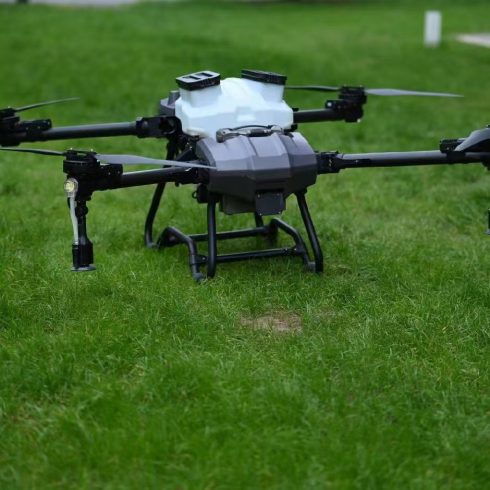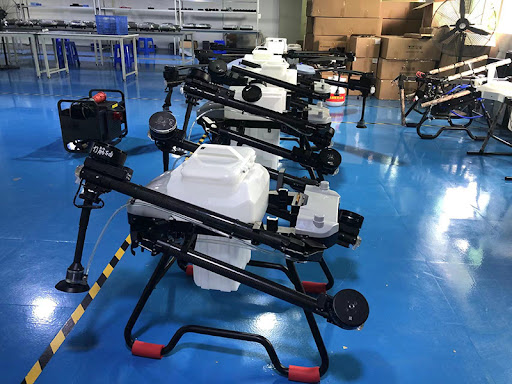
The global logistics industry is on the brink of a technological revolution, driven by the rise of autonomous drones capable of transporting goods with unprecedented precision and efficiency. Once relegated to military or recreational use, drones are now emerging as transformative tools for solving complex supply chain challenges, optimizing delivery networks, and reducing environmental impact. This article explores the mechanics, applications, and future potential of drone-based freight systems, highlighting their role in shaping the next era of global commerce.
—
The Mechanics of Autonomous Drone Freight Systems
Modern drone logistics platforms rely on a fusion of cutting-edge technologies to enable safe, scalable, and efficient cargo transport:
1. Autonomous Navigation & Obstacle Avoidance
– Equipped with GPS, LiDAR sensors, and AI-powered computer vision, drones navigate dynamic airspace while avoiding obstacles like buildings, power lines, and other aircraft.
– Advanced machine learning algorithms predict weather disruptions (e.g., sudden storms) and reroute flights in real time, ensuring reliability in unpredictable conditions.
2. Modular Payload Systems
– Drones are designed for versatility, with modular attachments for diverse cargo types:
– Cold Chain Pods: Temperature-controlled compartments for pharmaceuticals and perishables.
– Heavy-Lift Crates: Reinforced frames for industrial machinery or bulk goods (up to 50 kg).
– Hybrid systems combine drones with autonomous ground vehicles to handle oversized or heavy shipments.
3. Smart Warehousing & Route Optimization
– AI-driven distribution hubs analyze demand patterns, drone availability, and delivery urgency to prioritize shipments.
– Predictive analytics reduce transit times by up to 60%, while blockchain-enabled tracking ensures end-to-end visibility.
—
Transformative Applications Across Industries
1. Healthcare & Emergency Response
– Disaster Relief: Drones deliver vaccines, blood supplies, and medical equipment to disaster-stricken regions where roads are impassable. For example, post-earthquake deployments in Haiti cut delivery times from days to hours.
– Cold Chain Logistics: Specialized drones maintain stable temperatures for organs, vaccines, and biologics, even in extreme climates.
2. E-Commerce & Urban Delivery
– Last-Mile Revolution: In megacities like Mumbai and Lagos, drones bypass traffic congestion to deliver packages in 15–30 minutes, reducing customer wait times and fuel costs.
– Rural Access: In regions with limited infrastructure, drones supply remote villages with groceries, electronics, and educational materials.
3. Industrial & Commercial Use Cases
– Offshore Oil & Gas: Drones transport spare parts and tools to offshore rigs, eliminating costly helicopter dispatches.
– Construction Sites: Autonomous drones deliver materials to elevated or hard-to-reach zones, accelerating project timelines.
—
Challenges and Innovative Solutions
Regulatory and Safety Hurdles
– Airspace Management: Governments enforce strict no-fly zones and altitude limits. Solutions include geofencing software and collaborative frameworks with aviation authorities to harmonize regulations.
– Collision Avoidance: Redundant navigation systems (e.g., dual LiDARs) and AI-driven collision protocols ensure safe operations in crowded airspace.
Technical Limitations
– Battery Longevity: Current drones average 30–90 minutes of flight time. Innovations like solid-state batteries and solar-powered hybrids aim to extend ranges to 4+ hours.
– Payload Constraints: Lightweight materials (e.g., carbon fiber frames) and foldable designs improve portability for urban deployments.
Public Perception and Trust
– Privacy Concerns: Transparent data policies and geofencing tools restrict drone operations to designated zones, addressing surveillance fears.
– Safety Assurance: Third-party certifications (e.g., ISO 9001 for drone fleets) and real-time monitoring dashboards build confidence in UAV reliability.
—
The Future: Trends Shaping Drone Freight
1. AI-Driven Autonomy
– Machine learning models optimize flight paths, predict demand surges, and automate fleet maintenance. Predictive analytics will enable proactive responses to weather or geopolitical disruptions.
2. Sustainable Energy Integration
– Solar-powered drones and hydrogen fuel cells reduce carbon footprints, while biodegradable packaging materials minimize environmental impact.
3. 5G and Edge Computing
– Enhanced connectivity supports real-time fleet management, enabling simultaneous coordination of thousands of drones in urban corridors.
4. Hyperlocal Delivery Networks
– Urban “drone hubs” will act as distribution nodes, enabling same-day delivery for e-commerce giants and small businesses alike.
—
Market Growth and Economic Impact
The global drone logistics market is projected to reach $11.8 billion by 2030, growing at a CAGR of 25.3%. Key accelerators include:
– E-commerce Expansion: Accounting for 30% of drone deliveries by 2025, driven by demand for ultra-fast shipping.
– Climate Resilience: Governments invest in drone networks to mitigate supply chain disruptions caused by climate change.
– Labor Shortages: Automating repetitive tasks addresses workforce gaps in logistics and warehousing.
—
Conclusion
Autonomous drones are not merely tools of convenience—they represent a paradigm shift in how goods move across borders, industries, and communities. By conquering last-mile inefficiencies, reducing emissions, and democratizing access to essential resources, drones are unlocking new possibilities for global trade. While regulatory and technical challenges persist, advancements in AI, energy storage, and cross-sector collaboration are paving the way for mass adoption. Businesses that integrate drone solutions today will lead the charge in tomorrow’s logistics landscape, redefining speed, cost, and sustainability in an increasingly interconnected world.












暂无评论内容